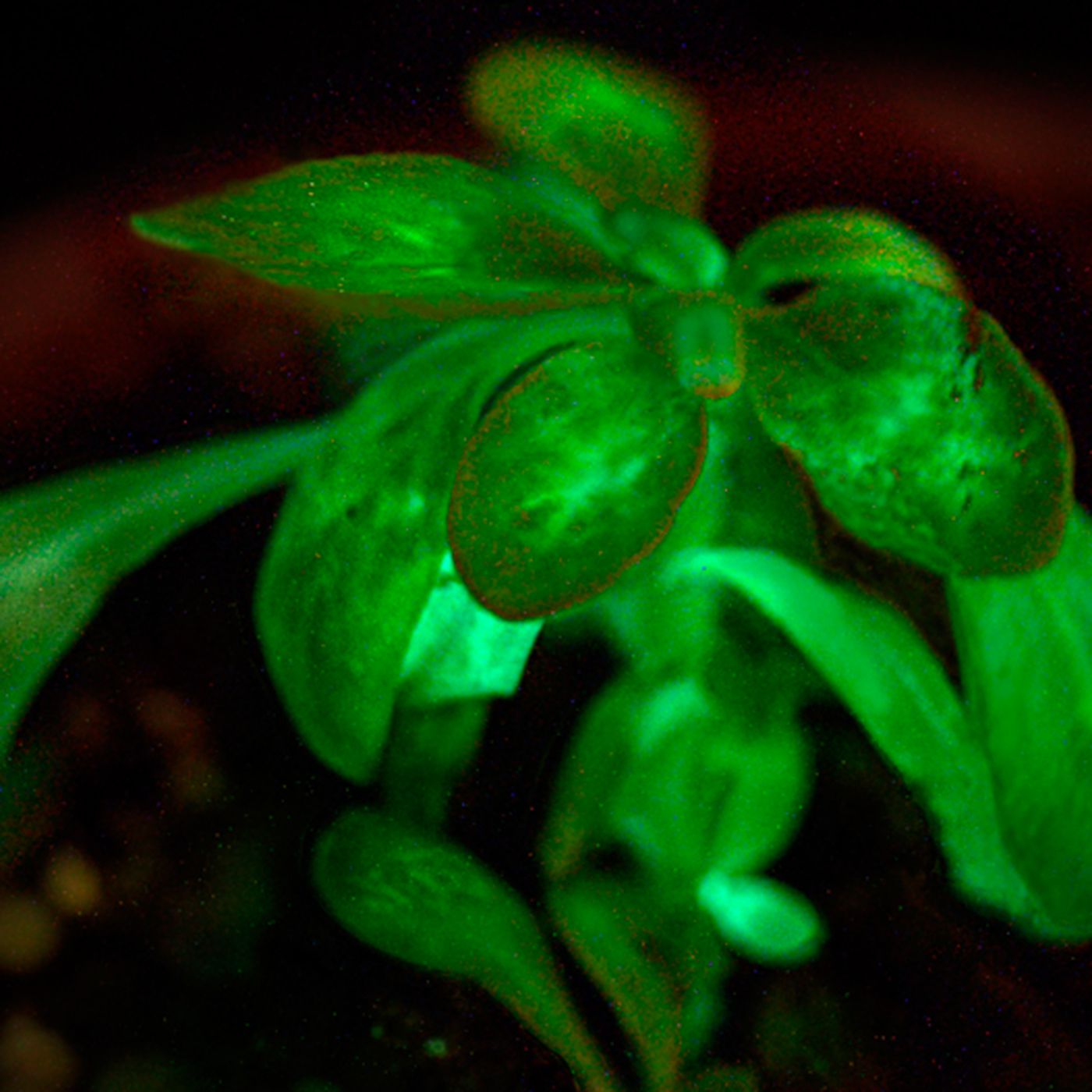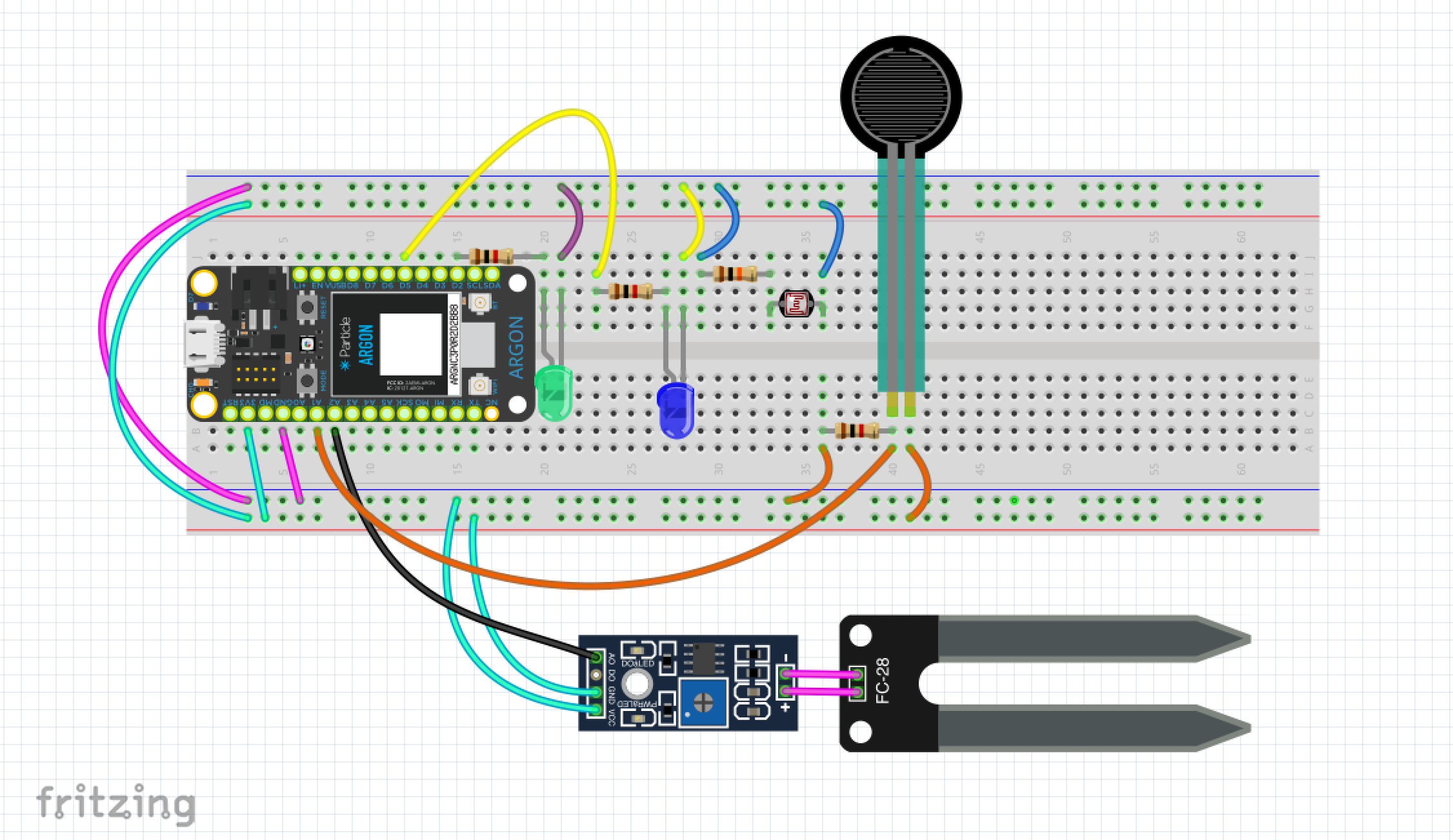Approach
How did you approach the design of your device? How is your approach distinct from other precedents? How did you approach it creatively? Refer to ideas from class or related projects to give appropriate context to this project. Explain in as few words as possible.
Be able to tell the story of your work. What ideas did you generate and how did you refine or reject them? What did you research and explore? what were the design choices? What challenges were encountered and how did you resolve them?
Implementation
Be able to illustrate the final outcome and how you produced it. Your documentation for this section must include:
- Completed code
- A circuit diagram (use Fritzing or similar)
- A list of parts
- A video of your completed project (use in context, operation, etc.)
Include illustrative diagrams (workflow, etc.), additional photos, or a video of the implementation
Proposal
Imagine that instead of switching on a lamp when it gets dark, you could read by the light of a glowing plant on your desk.
MIT engineers have taken a critical first step toward making that vision a reality. By embedding specialized nanoparticles into the leaves of a watercress plant, they induced the plants to give off dim light for nearly four hours. They believe that, with further optimization, such plants will one day be bright enough to illuminate a workspace.
This project takes this revolutionary concept of bio-electrification of trees & plants a step further to prototype an internet-connected bioluminescent plant.
References: Glowing Plants: Natural Lighting with no Electricity
https://www.nbcnews.com/mach/science/glow-dark-plants-put-green-energy-whole-new-light-ncna830791
http://news.mit.edu/2017/engineers-create-nanobionic-plants-that-glow-1213
Problem Statement
It is predicted that by 2050, nearly 70% of the world's population will live in urban areas*. Thus, we can easily imagine a dystopia where there will be a constant struggle for resources, overpopulation, growth of urban sprawl and the concrete jungle overtaking the natural ones.
This is where I see potential for the internet of things to act as the harbinger of a more enchanted, energy-optimised and brighter future (pun-intended)! If trees form an element of our urban spaces in the future that can be responsive to our interactions with them, glow and provide light, respond and connect with other trees, plants and humans through the internet, it would indeed create an amazing experience to be in natural urban environments, being under the trees at night time!
This project explores the idea further by creating a small prototype to act as a responsive, glowing plant that communicates, acts as a night lamp, and perhaps experiment with the right kind of plant that is photosensitive, and glows in the dark due to an external stimulation that can be connected to the internet and remotely interacted with.
*Source: https://www.un.org/development/desa/en/news/population/2018-revision-of-world-urbanization-prospects.htmlGoal
The goal of this project is to essentially create the first step towards the future of responsive bioluminescent plants
Process
Components Used:
| Amount | Part Type | Properties |
|---|---|---|
| 1 | Particle Argon | variant variant 3 |
| 1 | Basic Force Sensing Resistor (FSR) | package THT; sensing area diameter .5 " |
| 1 | Green LED - 5mm | package 1206 [SMD]; color Green (565nm) |
| 1 | Blue LED - 5mm | package 5 mm [THT]; leg yes; color Blue (430nm) |
| 1 | FC-28 Soil Hygrometer Module | chip LM393; variant variant 3 |
| 1 | FC-28 Soil Hygrometer Module - Probe | variant variant 1 |
| 2 | 1k Ω Resistor | package 0603 [SMD]; tolerance ±5%; resistance 1kΩ |
| 1 | PHOTOCELL | package photocell; variant pth |
| 1 | 1k Ω Resistor | package THT; tolerance ±5%; bands 4; resistance 1kΩ; pin spacing 400 mil |
| 1 | 10k Ω Resistor | package THT; tolerance ±5%; bands 4; resistance 10kΩ; pin spacing 400 mil |

